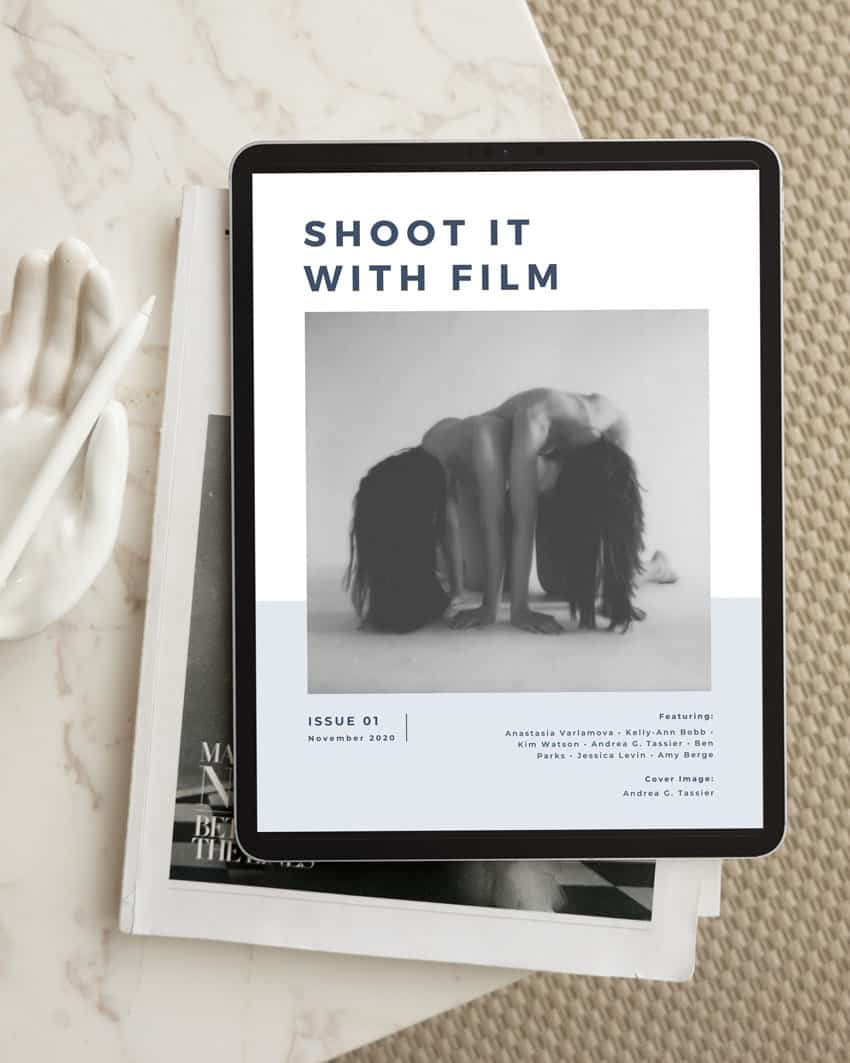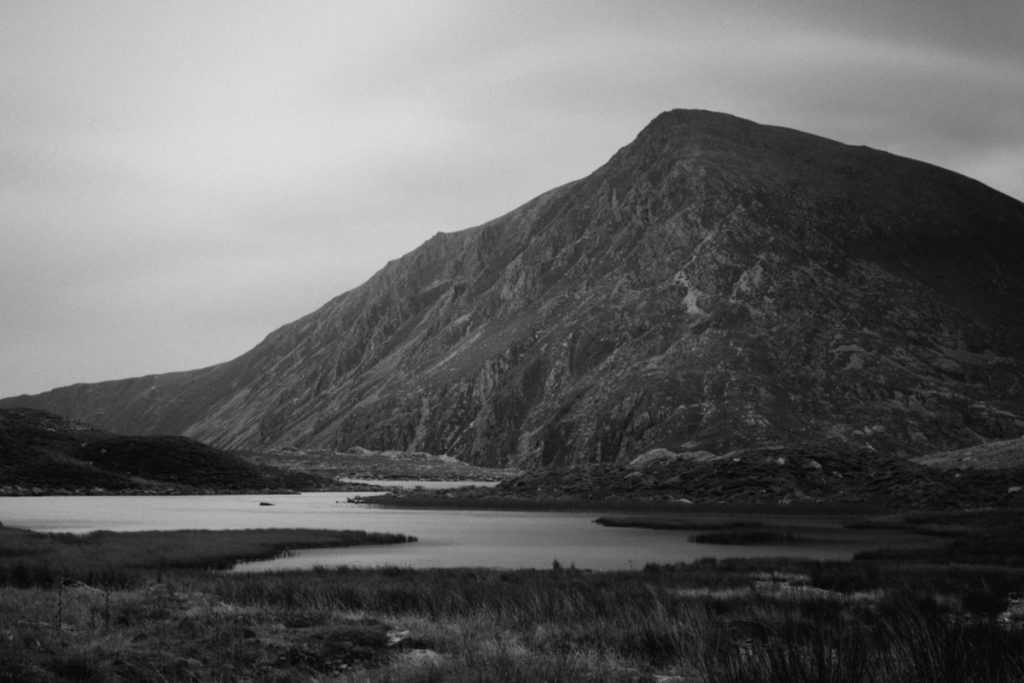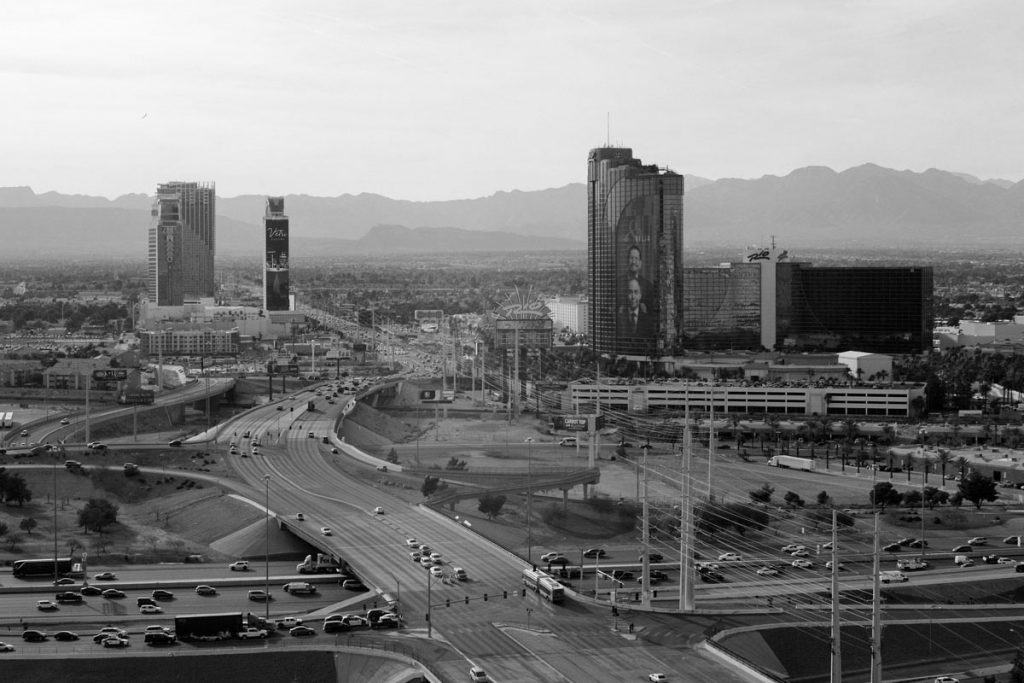
Written by James Baturin
When I think of slower film speeds, “versatility” is not the first word that comes to mind.
On one hand, they are generally the sharpest film stocks around with the lowest amount of grain, but on the other, ISO speeds of 50 or 100 make shooting in lower light tricky, unless you’re using studio lighting or have a tripod.
With Ilford FP4 Plus, however, you get the best of both worlds.
Find Ilford FP4 Plus on Amazon.

The Versatility of Ilford FP4 Plus
Here’s how Ilford describes this incredibly versatile film stock in the technical information sheet for FP4+:
With an ISO of 125, Ilford FP4 Plus is a “black and white professional film for high print quality and flexibility in use…[It’s] an exceptionally fine grain, medium speed black and white film…ideal for high quality indoor and outdoor photography, particularly when giant enlargements are to be made.”
For a lower ISO film, you can read more about Ilford Pan F Plus 50 here.
OK, so its flexibility enables you to shoot indoors and outdoors, while still maintaining a fine grain and sharpness, even with large print sizes. Sounds wonderful! But wait, Ilford isn’t done:
“FP4 Plus is robust and will give usable results even if it is overexposed by as much as six stops, or underexposed by two stops.”
Yes, you read that correctly. You can overexpose this film up to SIX STOPS and underexpose it as much as TWO STOPS and still get useable results!
If you’re just starting out with film, or if you’re someone who likes to roll the dice when it comes to metering your images, this should be music to your ears. With FP4+ you basically get 8 total stops of wiggle room when it comes to getting a decent exposure. Talk about versatile!


Testing the Low Light Capabilities of Ilford FP4
With so many accolades to its name, I had to give Ilford FP4+ a try for myself.
I ran a couple of rolls through my Hasselblad 500 C/M, testing the film’s versatility shooting a variety of different shots and techniques.
I must say, FP4+ did not disappoint. Even though it’s only 125 ISO, FP4+ was able to capture long exposures of the moon and stars with really spectacular results, in very low light conditions.

Down on the beach, I took some more traditional shots. But even here, I was shooting late afternoon and the winter light was fading fast, so I was forced to underexpose the seagull shots by a stop so I could still shoot hand held.
Despite this, I didn’t notice any significant evidence of underexposure once I developed the negatives, and I was really happy with how the scans turned out.

I tried a couple of intentional camera movement shots at around 1/2 a second, which was a good 3 stops more than my meter reading gave me (so 3 stops overexposed).
The negatives on these shots were noticeably denser than the other shots, but as Ilford advertised were absolutely “useable.”

Characteristics of Ilford FP4 Plus
Looking over the images once I had scanned the negatives, there is something classic about the look of FP4+ that I really like.
The contrast is incredible (as someone who loves contrast), with deep blacks and plenty of details in the highlights. It definitely isn’t as sharp as Ilford Delta 100, but it doesn’t claim to be.
And what grain there is, I found very soft and pleasant.

Ilford FP4 Developing Notes
I developed my rolls of Ilford FP4+ in Kodak HC-110 dilution B for 9 minutes.
Ilford also claims that the versatility of FP4+ extends to development, being extremely forgiving in different temperatures and “will tolerate less than ideal processing conditions.”
I have never been one to experiment with different developers or agitation methods, but if you are, FP4+ is also versatile in it’s ability to achieve different looks depending on how you process it, making it a great film for experimentation!

Final Thoughts
Overall, my first experience with Ilford FP4+ has made me really excited to try more rolls in the future.
It’s versatile and forgiving nature makes it a really easy and enjoyable film to work with, and the possibilities for experimentation seem endless!
Given it’s high exposure latitude, I would love to try and push it 5 or 6 stops (up to ISO 8000!!!) and see what kind of results I get!
Thank you so much, James! James is a regular contributor here at Shoot It With Film, and you can check out his other articles here, including Best B&W Films for Landscape Photography and Arista EDU Ultra 400 B&W Film Review.
You can also check out James’s work on Instagram.
Leave your questions about Ilford FP4+ below in the comments, and you can pick some up for yourself on Amazon here.








Blog Comments
Michael S. Goldfarb
January 13, 2023 at 7:30 am
Well, as someone who’s been shooting b/w constantly since the early 1960s, I have to say that I’m not a big fan of FP4 Plus.
It’s a perfectly serviceable b/w emulsion, but there are two things that it’s definitely not: Two long-departed similar films, Kodak Plus-X 125 or 1990s Agfapan APX 100 (not the current iteration). I was spoiled by the results with those films, which in my experience had finer grain, wider exposure latitude, and much more pleasing overall looks than FP4 Plus.
I shoot small negatives – 35mm, half-frame, Minox. Unlike your big medium format negatives, this really shows what a film is capable of… and what its limitations are.
In my recent use of FP4 Plus in full- and half-frame 35mm, shot with classic Nikon and Olympus manual cameras and developed in D-76 1:1 (I’ve tried many developers in my time, but always come back to D-76), here are my observations:
The grain isn’t really all that tight for a 100-speed film. It’s only slightly smaller than today’s “reformulated and improved” Tri-X 400.
The contrast tends to be very high, with blown out highlights common. (More like T-Max 100 than traditional old-tech films.)
And as someone who mostly estimates exposures (I first learned how in 1967), I don’t think the exposure latitude is as wide as claimed either.
I’ve been getting much nicer results out of my Pen F half-frame with Kodak Double-X 200 (Eastman 5222). It’s got a bit more grain, but an even more classic look, with really deep blacks… but less harsh contrast.
Anyway, I know that everyone has their own techniques, experiences, and favorites. All I’m saying is, for me, FP4 Plus has always been a disappointment vs. other medium-speed b/w films. But by all means, try it yourself!
Ray Goulter
January 13, 2023 at 4:49 pm
I’ve used Ilford FP4+ since FP3 disappeared, so this tells you how long! (Showing my age). I use 35mm, 120, 220, 4×5 and 8×10 versions. Grain is not a concern with MF and LF, where tonal range is. Grain does come into the 35mm equation. Whilst I don’t use FP4+ exclusively, I have developed most of my FP4+ films in D76. If you want very fine grain in 35mm (very slow and inherently contrasty), see if you can get hold of some Kodak Technical Pan and Technidol developer. You might get lucky! How I wish Kodak still made that film….
Brett Rogers
January 27, 2023 at 10:49 pm
“When I think of faster film speeds, “versatility” is not the first word that comes to mind.
On the one hand, they are generally the sharpest film stocks around with the lowest amount of grain. On the other, ISO speeds of 50 or 100 make shooting in lower light tricky, unless you’re using studio lighting or have a tripod.”
James, I do not know where you have got the idea that faster film speeds have the lowest amount of grain, from, or, that they are the sharpest. This is simply not the case.
There is a direct correlation between sensitivity to light and grain size. Larger silver halide crystals found in high speed emulsions possess a greater surface area than those crystals of slower films, and it is this larger surface area which enables them to react with greater sensitivity to light.
Films with “…ISO speeds of 50 or 100 make shooting in lower light tricky…” precisely because of their finer grain, which comes at the expense of slower speed, but is what gives them their (generally) superior resolution and greater acutance.
Regards,
Brett
shootitwithfilm
January 27, 2023 at 11:01 pm
Brett, thank you! That was a mistake on our part, and we corrected it in the post.
Dave Murray
June 22, 2023 at 4:31 pm
I’ve used FP4 for almost thirty years, both in Leicaflex and Rolleicord. I don’t need a meter as the latitude is great. Very rarely do I have an unprintable negative. Compared with say Ektar 100, FP4 isn’t expensive. A very good balance of highlight and shadow. A slightly traditional look to it, that is a bonus to me as a portrait photographer specialising in sports and male portraits .
Huy
November 29, 2023 at 12:34 pm
“FP4 Plus is robust and will give usable results even if it is overexposed by as much as six stops, or underexposed by two stops.”
Yes, you read that correctly. You can underexpose this film up to SIX STOPS and underexpose it as much as TWO STOPS and still get useable results!”
Hi James, I think you have made a mistake here.
Overexpose by 6 stops and underexpose by 2 stops yield usable results, according to Ilford, not vice versa.
shootitwithfilm
December 1, 2023 at 11:33 am
Huy, thank you so much for catching that. We’ve corrected the article!